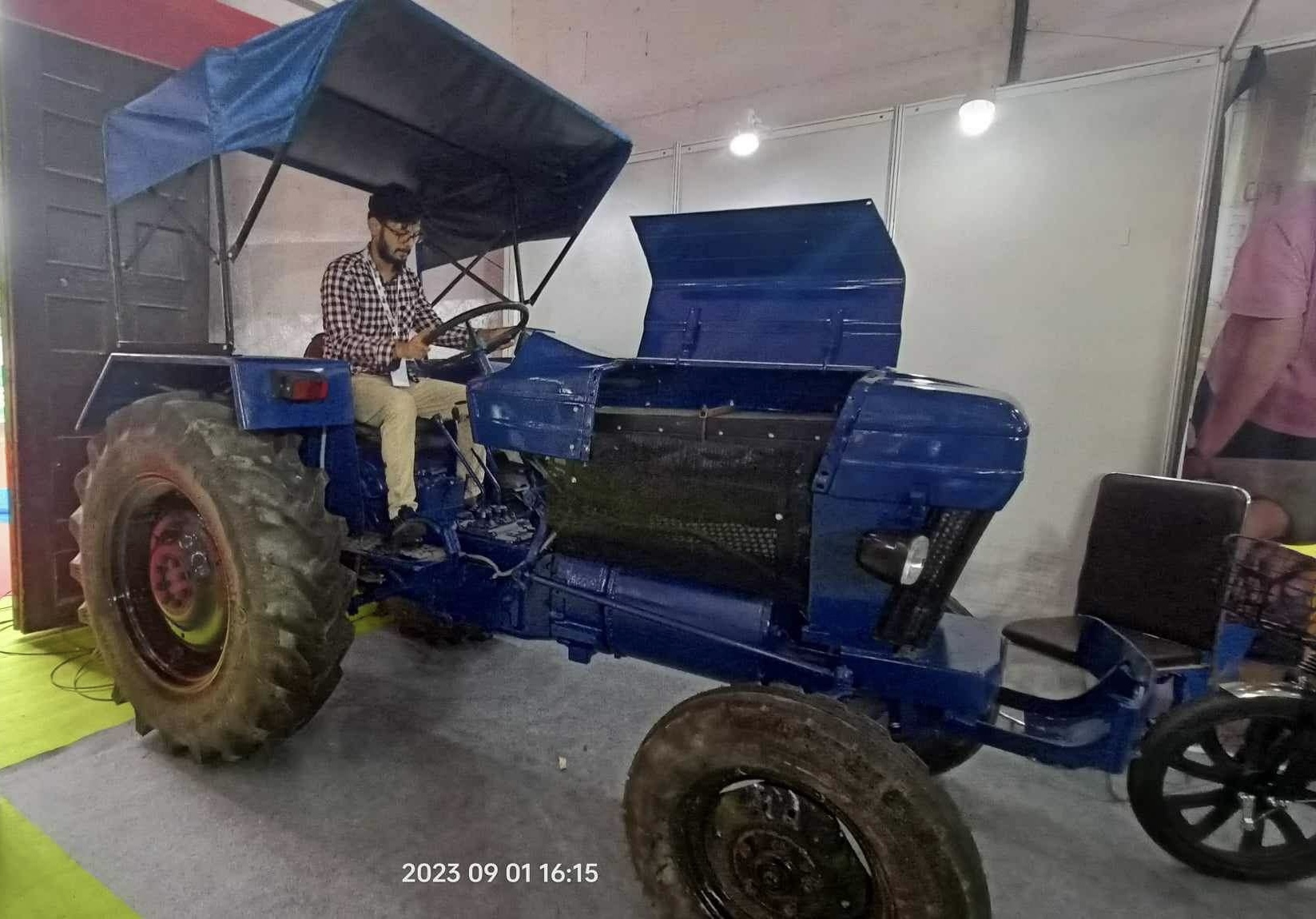Comparative Analysis between Electrified Tractor and Diesel Powered Tractor
Main Article Content
บทคัดย่อ
The agriculture sector faces increasing pressure to transition towards sustainable practices amidst concerns over climate change and environmental degradation. Electric tractors are emerging as a promising alternative to traditional diesel-powered tractors, offering potential benefits in terms of reduced greenhouse gas emissions, lower operating costs, and enhanced operational efficiency. This study presents a comparative analysis between electrically converted tractors and diesel tractors from a sustainability perspective. Our findings reveal that electric tractors demonstrate significant potential to mitigate environmental impacts associated with agricultural operations, particularly in terms of reducing greenhouse gas emissions and dependence on fossil fuels. Moreover, it has been found that electric tractor offer long-term cost savings through lower fuel and maintenance costs, despite higher initial investment costs. This comparative analysis provides valuable insights for farmers, policymakers, and agricultural stakeholders seeking to make informed decisions regarding tractor technology investments and sustainability strategies. By highlighting the strengths and limitations of electric tractors relative to diesel tractors, this study contributes to the ongoing dialogue on sustainable smart agriculture and the transition towards clean energy technologies in the farming sector.
Article Details

อนุญาตภายใต้เงื่อนไข Creative Commons Attribution-NonCommercial-NoDerivatives 4.0 International License.
สมาคมวิศวกรรมเกษตรแห่งประเทศไทย
Thai Socities of Agricultural Engineering
เอกสารอ้างอิง
Adam, Koniuszy, and Kostencki Piotr. 2017. EXHAUST EMISSION FROM AGRICULTURAL FARM TRACTOR IN THE COURSE OF PLOUGHING. Vol. 62.
Alanazi, Fayez. 2023. “Electric Vehicles: Benefits, Challenges, and Potential Solutions for Widespread Adaptation.” Applied Sciences (Switzerland) 13(10). doi: 10.3390/app13106016.
Dhond, R., U. Srivastav, B. T. Patil, and H. Vaishnav. 2021. “Comparative Study of Electric Tractor and Diesel Tractor.” IOP Conference Series: Materials Science and Engineering 1168(1):012003. doi: 10.1088/1757-899x/1168/1/012003.
Fathollahzadeh, H., H. Mobli, A. Rajabipour, S. Minaee, A. Jafari, and S. M. H. Tabatabaie. 2010. “AVERAGE AND INSTANTANEOUS FUEL CONSUMPTION OF IRANIAN CONVENTIONAL TRACTOR WITH MOLDBOARD PLOW IN TILLAGE.” 5(2).
Malik, Ashish, and Shivam Kohli. 2020. “Electric Tractors: Survey of Challenges and Opportunities in India.” Pp. 2318–24 in Materials Today: Proceedings. Vol. 28. Elsevier Ltd.
Mocera, Francesco, and Aurelio Somà. 2020. “Analysis of a Parallel Hybrid Electric Tractor for Agricultural Applications.” Energies 13(12). doi: 10.3390/en13123055.
Scolaro, Elia, Matteo Beligoj, Manuel Perez Estevez, Luigi Alberti, Massimiliano Renzi, and Michele Mattetti. 2021. “Electrification of Agricultural Machinery: A Review.” IEEE Access 9:164520–41.
Vogt, Hans Heinrich, Rodnei Regis de Melo, Sérgio Daher, Benedikt Schmuelling, Fernando Luiz Marcelo Antunes, Priscila Alves dos Santos, and Daniel Albiero. 2021. “Electric Tractor System for Family Farming: Increased Autonomy and Economic Feasibility for an Energy Transition.” Journal of Energy Storage 40. doi: 10.1016/j.est.2021.102744.


